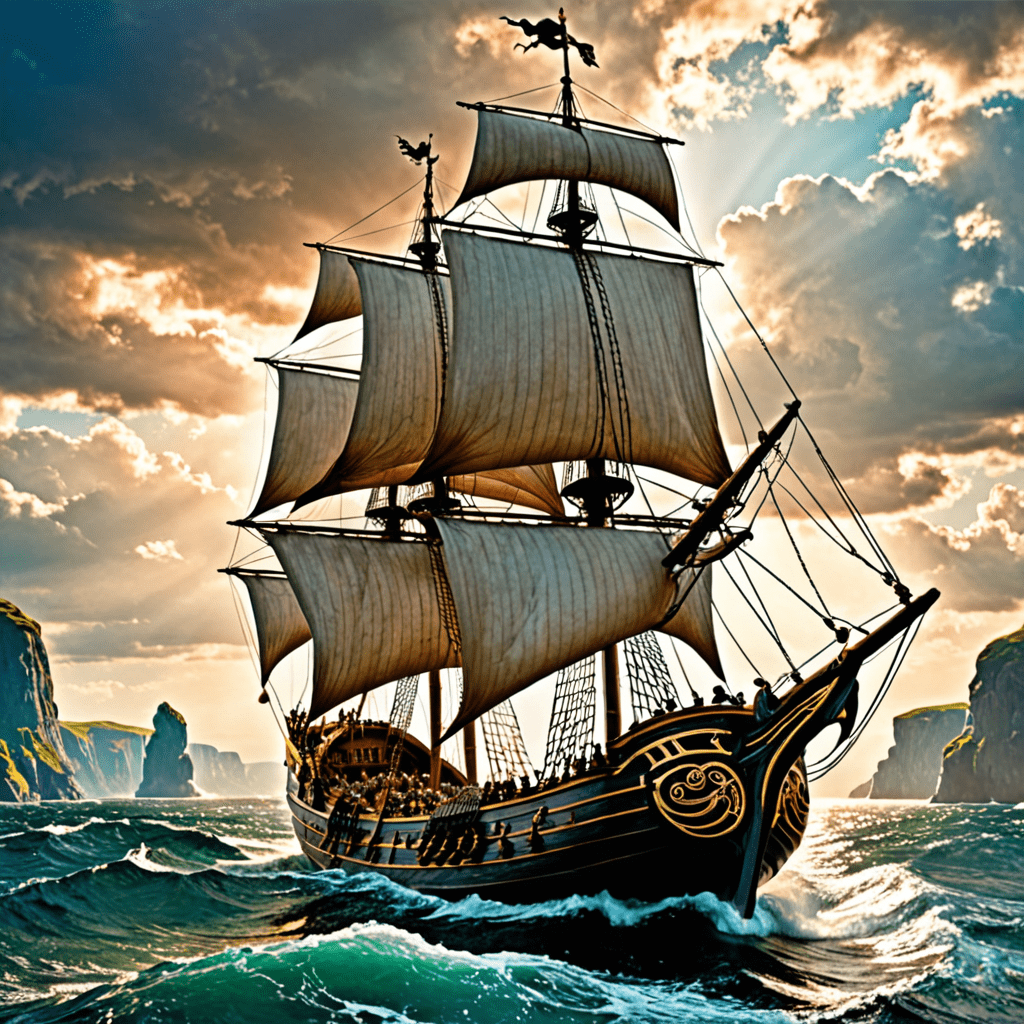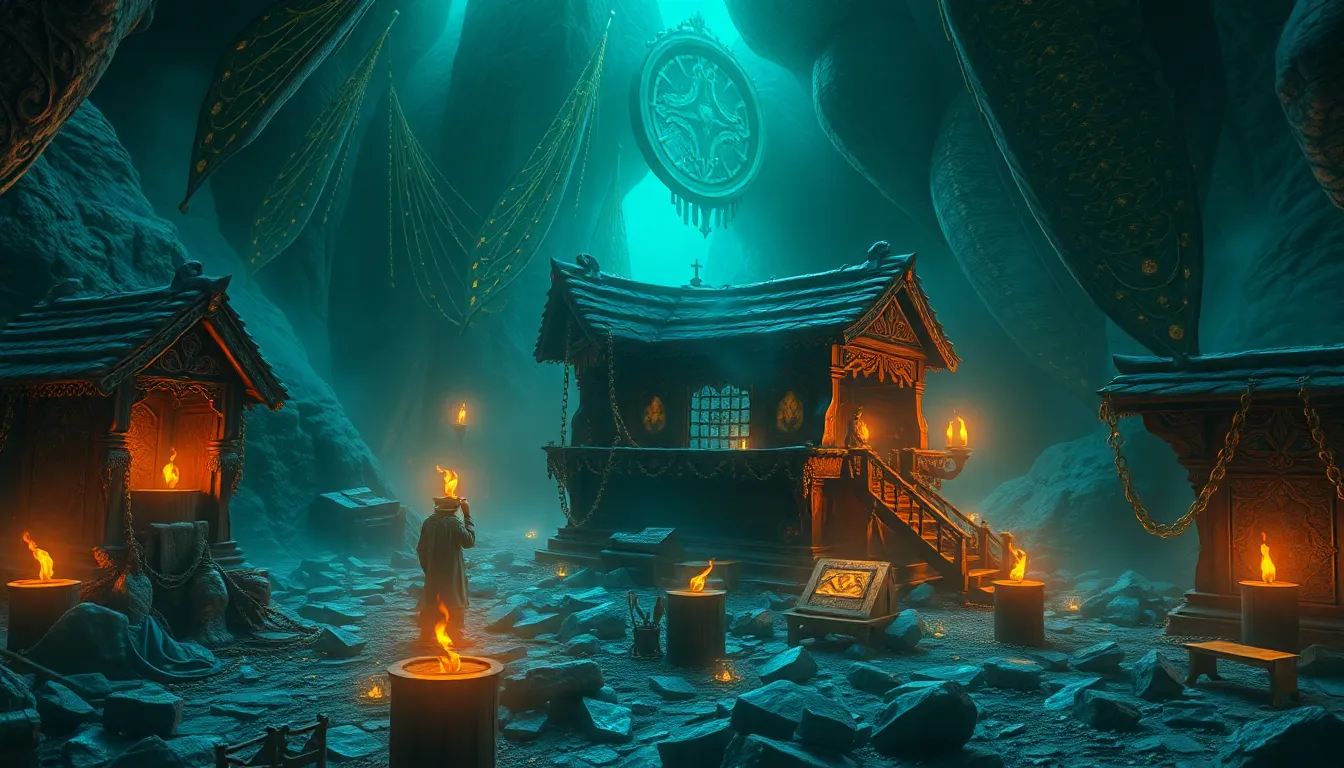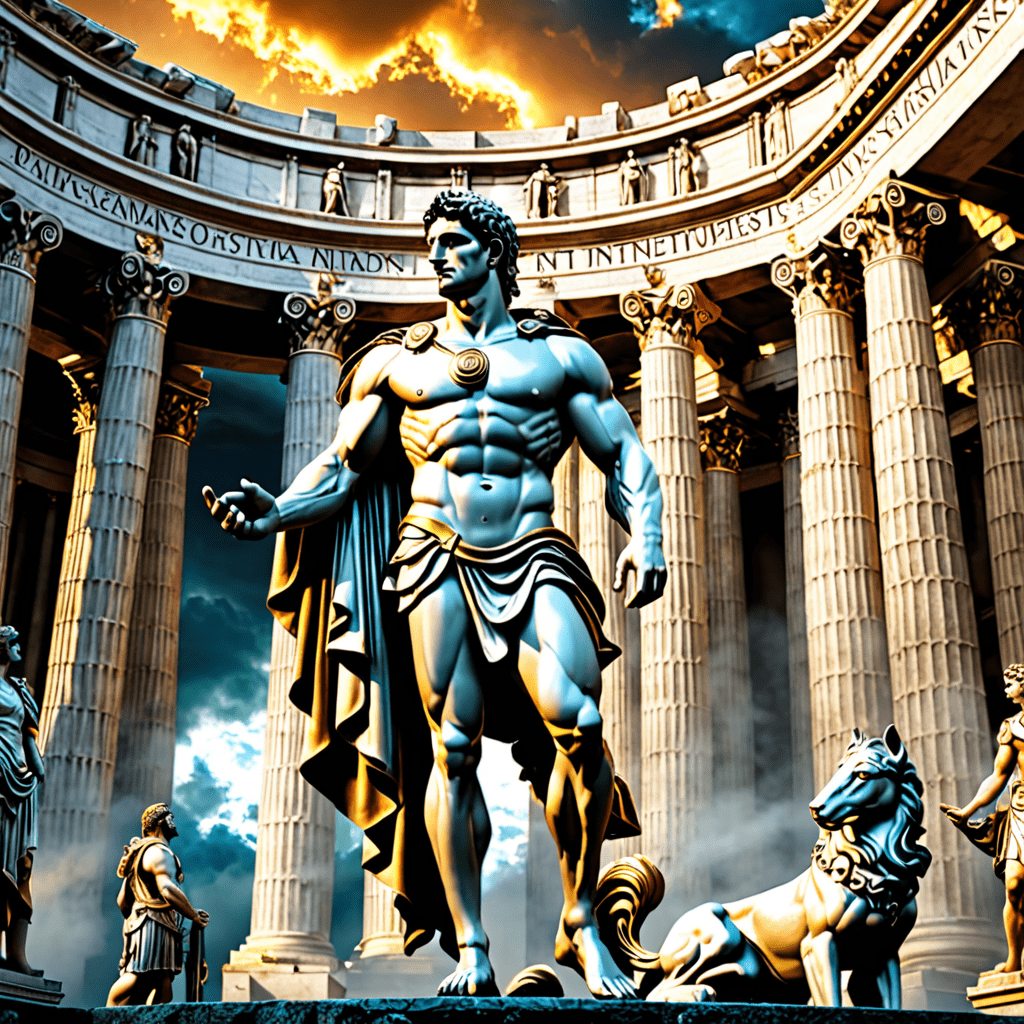The Role of Ships and Seafaring in Norse Mythology
1. Introduction to Ships in Norse Mythology
In Norse mythology, ships hold great significance as vessels for both physical and metaphysical journeys. The Vikings’ sailing prowess and their belief in the power of the sea are deeply intertwined within the fabric of Norse mythology.
2. The Mythical Ship of Nails: Skidbladnir
One of the most renowned ships in Norse mythology is Skidbladnir, a magical vessel crafted by the dwarves for the god Freyr. This ship, known for its ability to fold up like cloth and fit into a pouch, symbolizes the extraordinary craftsmanship and mystical elements often present in Norse tales.
3. Seafaring Deities and Their Ships
Several Norse deities, such as Njord, Freyr, and Freyja, are closely associated with the sea and seafaring. For instance, Njord, the god of the sea and winds, is often depicted with a ship symbolizing his dominion over the waters. These deities reflect the importance of ships in Norse culture and mythology.
4. The Concept of Death and the Ship Burials
In Norse beliefs, ships are also linked to the concept of death and the afterlife. Legendary figures like the Valkyries were believed to transport the souls of fallen warriors to Valhalla on magnificent ships, showcasing the strong connection between ships, seafaring, and the spiritual realm in Norse mythology.
FAQs about the Role of Ships and Seafaring in Norse Mythology
What significance do ships hold in Norse mythology?
Ships, especially longships, played a pivotal role in Norse mythology as they symbolized journeys, exploration, and the connection between the mortal realm and the divine. These vessels were essential for sea travel, including by gods, giants, and humans, reflecting the importance of maritime adventures in Norse culture.
How were ships portrayed in Norse mythology?
In Norse mythology, ships were often depicted as powerful and magical entities that could navigate the treacherous seas, travel to different realms, and even serve as burial vessels for esteemed individuals. The most famous ship in Norse mythology is the legendary ship Naglfar, made entirely from the fingernails and toenails of the dead.
What role did seafaring play in Norse mythological stories?
Seafaring was a prevalent theme in Norse mythological narratives, showcasing the bravery, skill, and resilience of seafarers in the harsh North Atlantic environment. Heroes undertook daring voyages on mighty ships to accomplish quests, battle sea monsters, and explore distant lands, emphasizing the adventurous spirit and maritime expertise of the Norse people.
Were there any gods associated with ships and seafaring in Norse mythology?
Yes, several Norse deities were closely linked to ships and seafaring.



